Last week, Samsung announced the Galaxy S21 smartphone and revealed that it would follow Apple's lead and not include a charging brick. The explanation was that since many people already have charging bricks, giving them out to everyone would be wasteful and bad for the environment.
Even if there is clearly a clear financial incentive to stop handing out charging bricks, that is a good thing. However, this raises a serious issue regarding fast charging. Sure, you may have a charging brick at home, but what if it is not compatible with your new phone?
Charging bricks use USB connections and are compatible, but that doesn't mean they are all the same. Cell phones can draw power from any USB charger, but the charging speed is limited. Different chargers have different maximum speeds, and phone manufacturers use different methods of fast charging.
So if cell phone manufacturers are going to start skipping the free charging brick and force people to buy it separately or rely on what they already have, they need to cut it out and get on board fully with the universal fast charging standard.
The good news is that it already exists, in the form of USB Power Delivery (USB-PD). The standard was developed by the non-profit USB Implementer's Forum, offers speeds of up to 100W, and has already been adopted to varying degrees by many well-known cell phone manufacturers.
Apple's iPhone supports USB-PD fast charging, and in 2019 Google mandated that phones running Android 10 or higher support USB-PD fast charging.
Unfortunately, supporting something is not the same as promoting it, and many phone manufacturers still use proprietary fast charging systems; OnePlus is a good example, although OnePlus phones can be fast-charged with USB-PD compliant chargers, OnePlus is a good example: while OnePlus phones can be fast-charged with USB-PD compliant chargers, they are not as fast as the company's proprietary Warp Charge technology. Similarly, OnePlus' charging block does not support USB-PD at all and can only charge other phones at basic speeds.
It's time for phone manufacturers to stop doing this. We are heading into an era where the charging block is about to become as interchangeable as the cable you plug into it. So it's time to stop using those old, crappy chargers that take hours to charge a cell phone.
After all, it's not a good look if someone buys a cell phone based on the promise of fast charging times and finds that the charging brick they have can't even come close to delivering it.
There is, of course, a solution. By purchasing a charger from the cell phone manufacturer, one can get the best charging speed, and the manufacturer can also be rewarded for selling a charger that they were offering for free. But of course, there are some holes there.
Not everyone sticks to the same brand every time they buy a phone, so getting a new phone also means getting a new charger. This not only costs money, but also does not address the issue of e-waste. The only crime is that it is not compatible with the Super Mega Charge 55, a perfectly good old charger that is still being wasted.
If you're the kind of person who only buys Samsung, Apple, or other brands, that doesn't seem like much of a problem. Because until they get up to speed again, you can keep using the same old bricks without having to worry about anything.
However, if you are the type of person who is brand-agnostic and shops by phone rather than logo, then you can't guarantee the future of the product you buy. Because why buy a proprietary 65W charger when the phone only supports 30W and there is no guarantee that it will work with your next device?
This is where the universal fast charging standard comes in: buy one 100W charger and it can follow you from phone to phone, ensuring the fastest possible charging speed. The only time I would need to buy a new charger would be if my charger broke or if the standard was updated to allow cell phones to charge even faster. But 100W is pretty fast, so that won't be an issue for a while.
It is also possible that charging accessories like battery packs and car chargers will be able to provide the same speed as an outlet. That would be great. [This standard is not hypothetical; it already exists in the form of USB-PD. I just don't see why cell phone manufacturers would not adopt this standard. After all, if someone has done it for you and made it available royalty-free, why bother developing your own fast charging system?
Obviously, there is plenty of money to be made with proprietary technology. After all, if all chargers offer the same charging speed, you can shop around for the best deal; why spend $50 on a Samsung-branded 45W fast charger when Anker sells a slimmed-down version for $38? At the very least, it frees us from having to develop (and pay for) new fast charging technology.
.
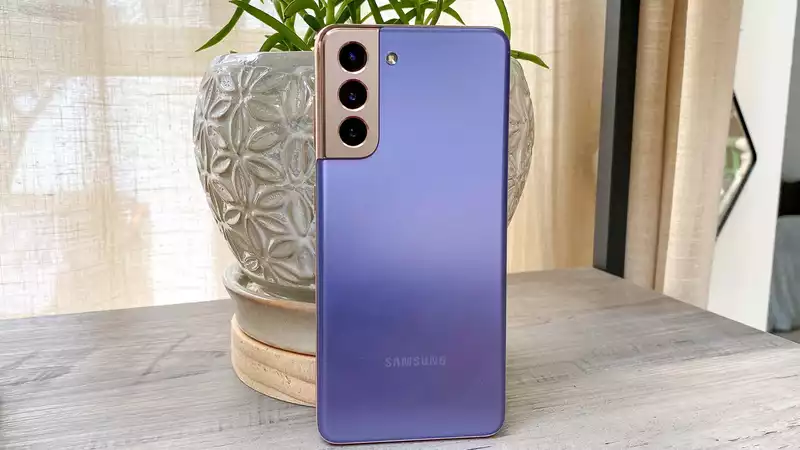
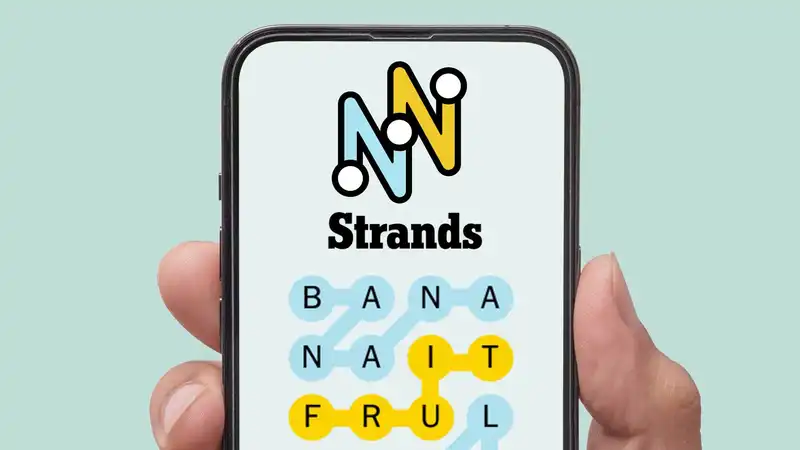

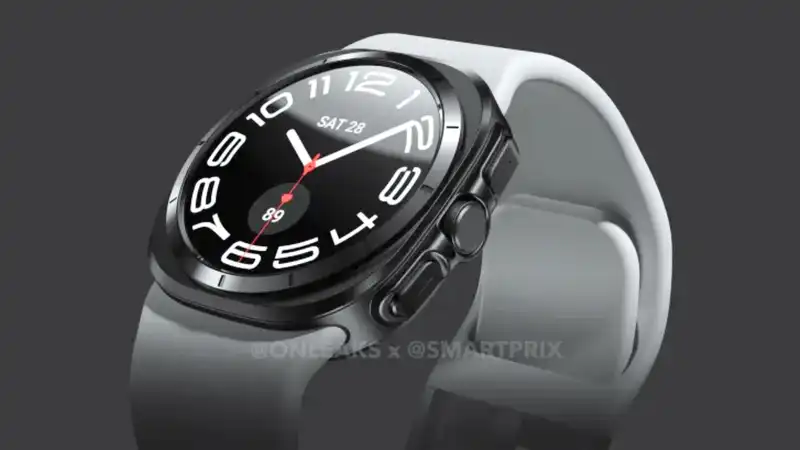
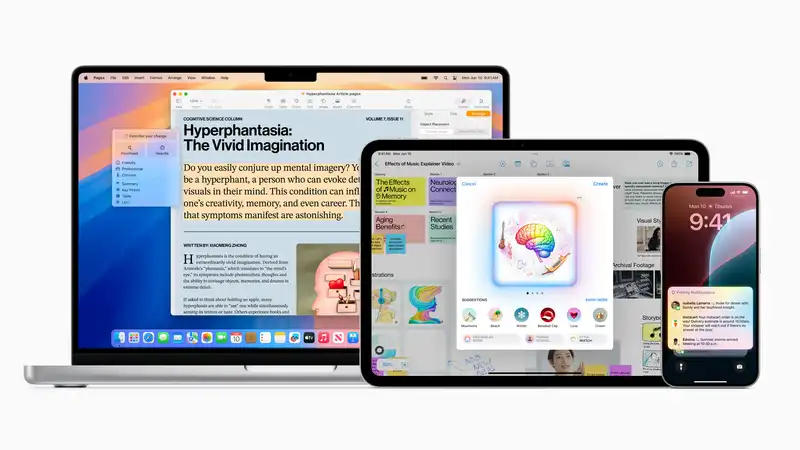

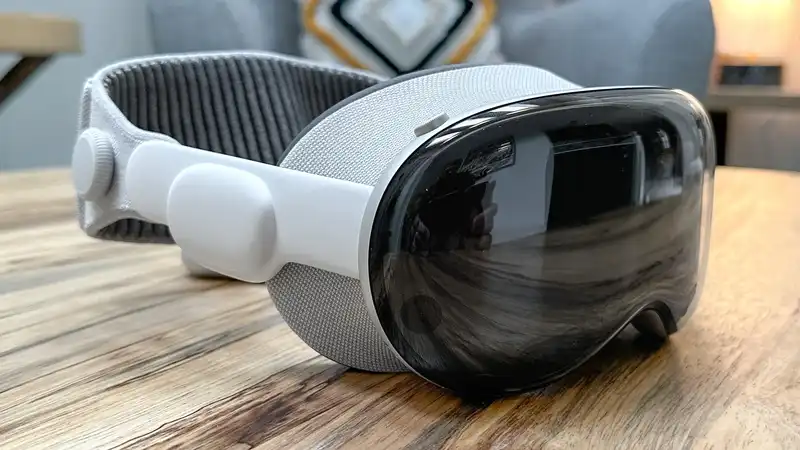
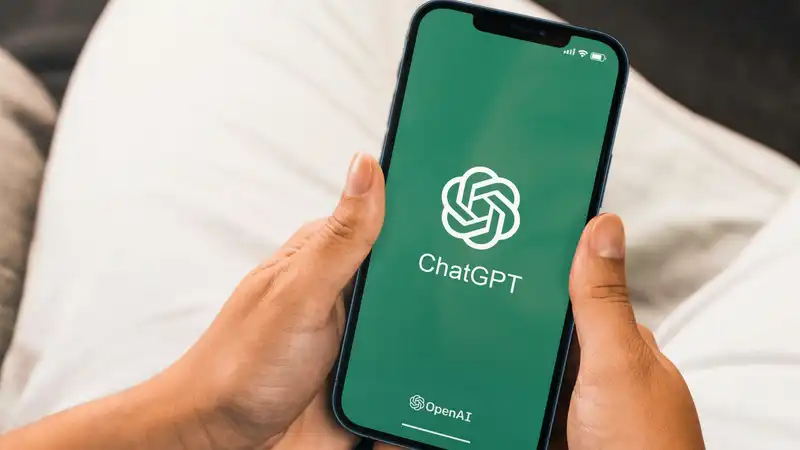
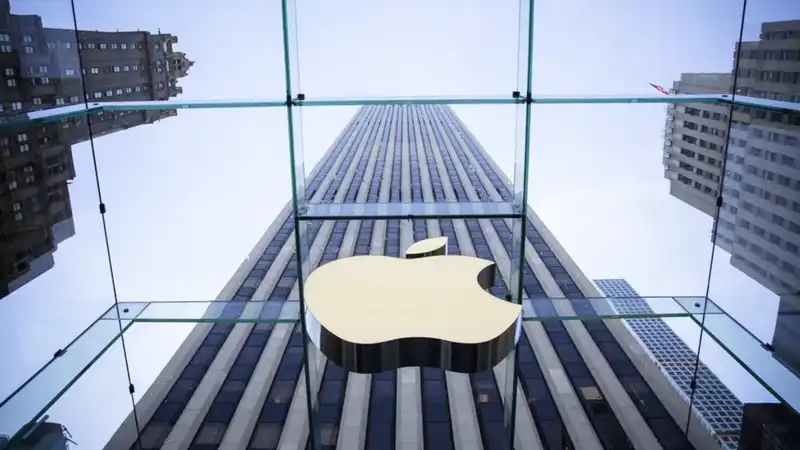
Comments